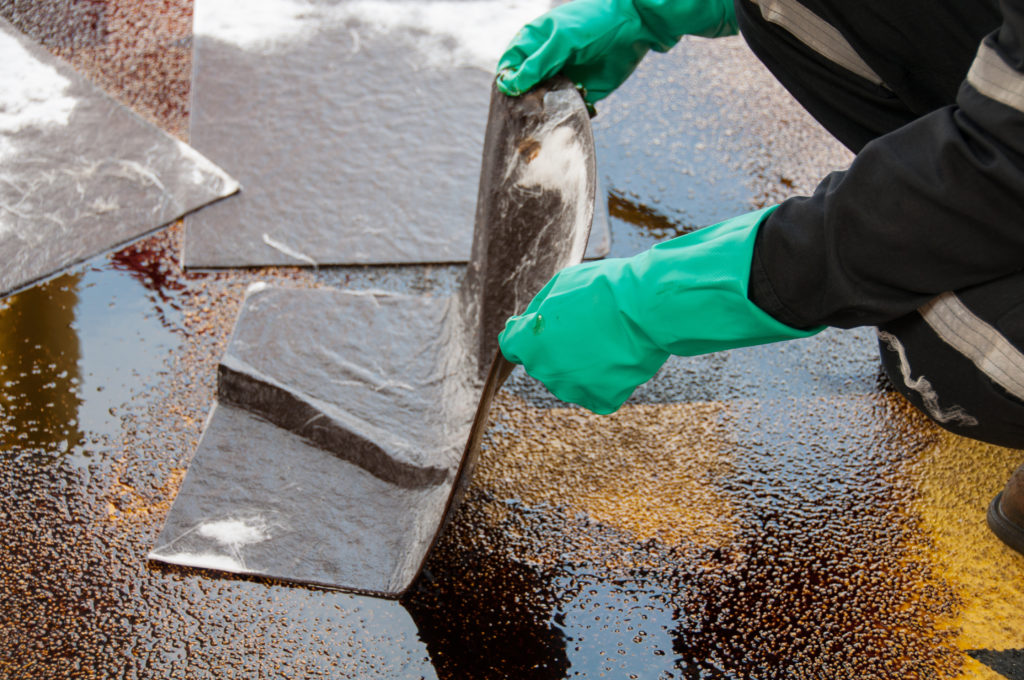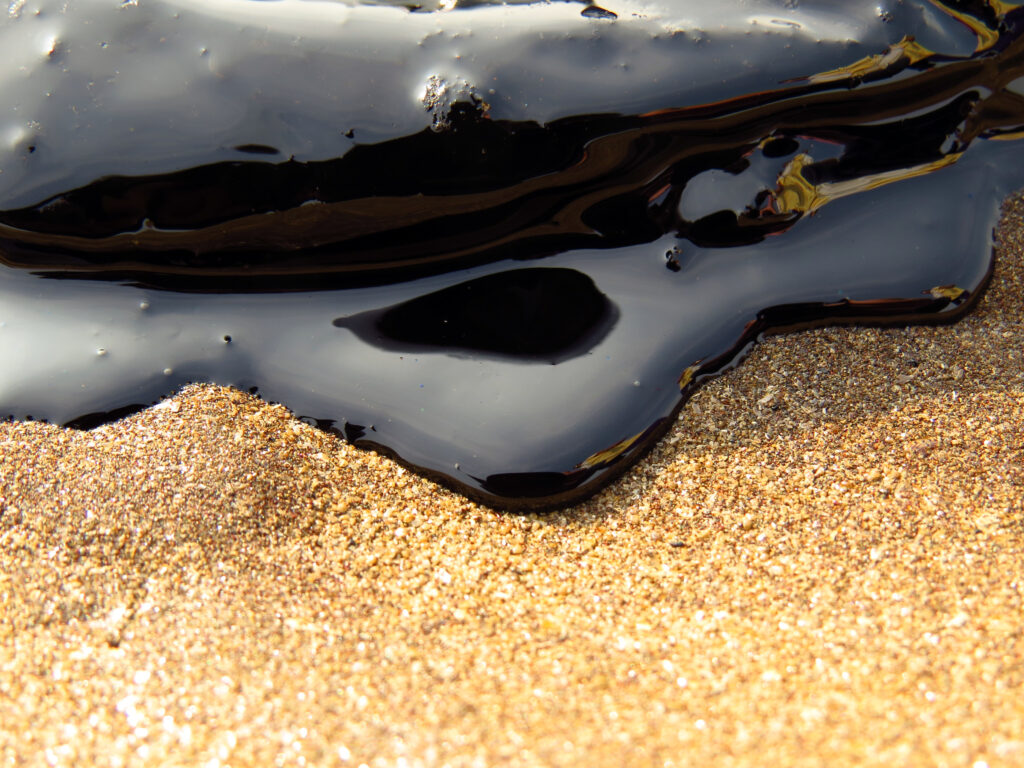
Every day, a large amount of tanker ships, pipelines and trucks safely deliver millions of gallons of oil and natural gas to fuel the American economy.
Most oil pollution results from accidents and/or carelessness. Oil spills may be due to releases of crude oil from tankers, offshore platforms, drilling rigs and wells, as well as spills of refined petroleum products (such as gasoline, diesel) and their by-products, heavier fuels used by large ships such as bunker fuel, or the spill of any oily refuse or waste oil.
Regardless of how they are released, all petroleum products – gasoline, diesel fuel and motor oil – are toxic to people, plants and wildlife. In addition to containing deadly metals, fuel and oil lower water’s oxygen levels, block life-giving sunlight and generally degrade water quality.
Spill Prevention Planning
Reducing oil spills begins with spill prevention. Every facility that drills, produces, refines, handles, processes, or stores oil has developed a spill prevention, control, and countermeasure (SPCC) plan, documenting that facility’s procedures and equipment for spill prevention. Equipment for spill prevention includes dikes, terms, or other forms of secondary containment installed around tanks and other processing vessels, to retain oil in the event of a release. Spill prevention procedures include tank integrity testing and leak testing to ensure that oil storage and process vessels are in sound operating condition.
Reducing oil spill impacts on the environment, wildlife and affected communities requires rapid, coordinated responses from the responsible company and appropriate federal, state and local agencies. In the United States, the National Oil and Hazardous Substances Contingency Plan sets goals and assigns responsibilities for managing oil spills.

Did you know?
A petroleum spill onto land, or onto land from a non-exempt PST facility* is 25 gallons?
*Non-exempt PST facility- A facility that is not registered with the TCEQ.
